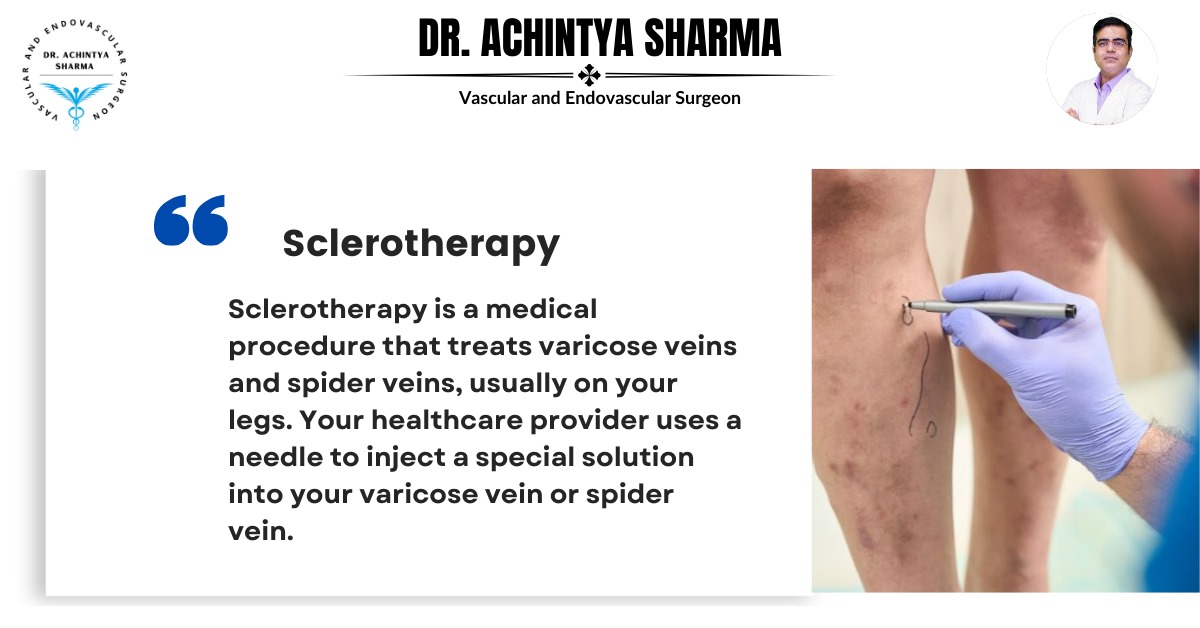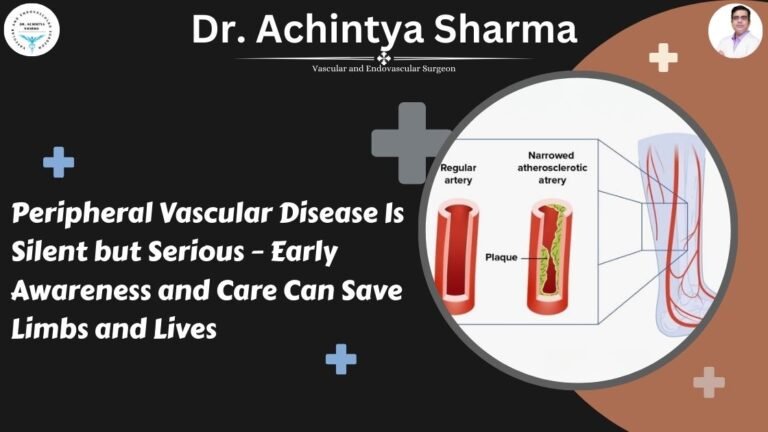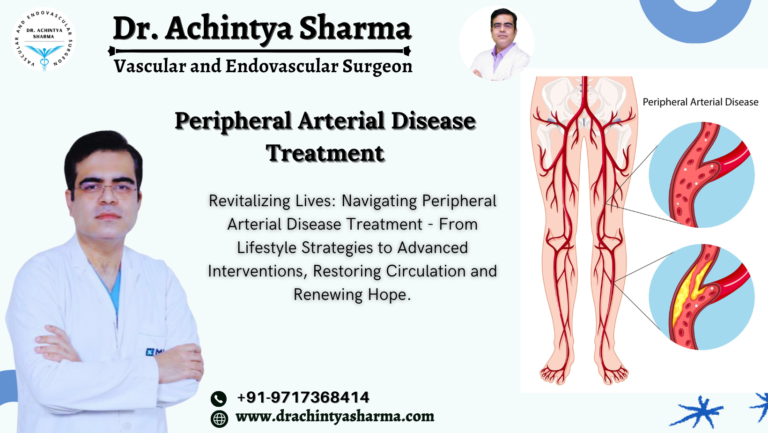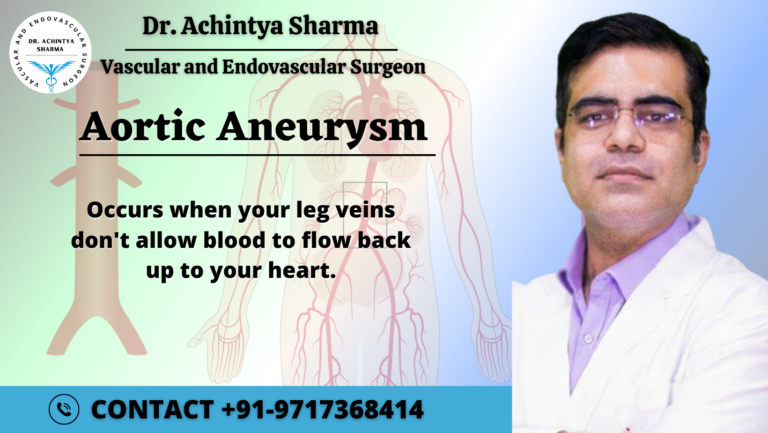Varicose veins are a common medical condition that affects many people worldwide, causing discomfort, swelling, and in some cases, serious health risks. These enlarged and twisted veins are not just a cosmetic concern; they can also lead to pain, heaviness, and fatigue in the legs. Fortunately, sclerotherapy, a minimally invasive treatment, provides an effective solution for managing and eliminating varicose veins. This procedure has been widely used for decades and continues to be a preferred method for patients seeking relief from this condition.
Understanding Varicose Veins
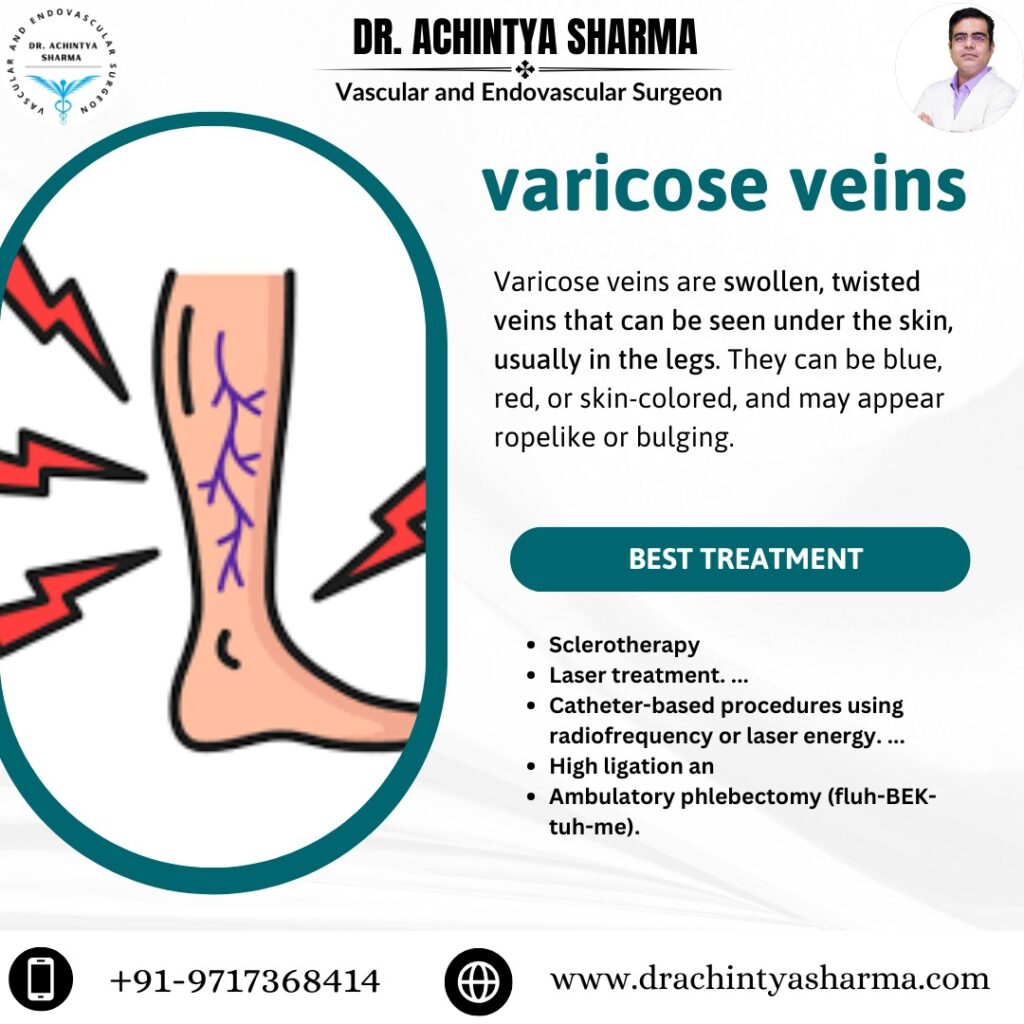
Varicose veins occur when the veins in the legs or other parts of the body become enlarged, twisted, and unable to properly circulate blood. This happens due to weakened or damaged valves in the veins, which allow blood to pool and create pressure. Over time, this pressure causes the veins to bulge and become more visible on the surface of the skin.
Although varicose veins are more common in older adults and women, factors such as genetics, pregnancy, prolonged standing, and obesity can increase the risk of developing them. While many people seek treatment for cosmetic reasons, it’s important to recognize that varicose veins can also lead to more severe health issues, such as skin ulcers, blood clots, and chronic venous insufficiency.
What is Sclerotherapy
Sclerotherapy is a safe and minimally invasive procedure designed to treat varicose veins. It involves injecting a sclerosing solution directly into the affected veins. The solution irritates the lining of the veins, causing them to collapse and eventually be absorbed by the body. Over time, the treated veins fade from view, allowing for a smoother and healthier appearance.
A doctor typically performs sclerotherapy in their office without needing anesthesia. The procedure is relatively quick, lasting between 30 and 45 minutes, depending on the size and number of varicose veins being treated. Many patients can resume normal activities immediately after the treatment, making it a convenient option for those with busy schedules.
How Does Sclerotherapy Work?
The effectiveness of sclerotherapy lies in its ability to close off the affected varicose veins. When the doctor injects the sclerosing solution, it irritates the vein walls, causing them to stick together and collapse. This redirects blood flow to healthier veins, and the body gradually absorbs the treated veins. As a result, the appearance of varicose veins diminishes, and symptoms like pain and swelling improve.
It’s important to note that sclerotherapy works best for small to medium-sized varicose veins. For larger or more complex cases, additional treatments such as laser therapy or surgery may be recommended.
The Benefits of Sclerotherapy
One of the key benefits of sclerotherapy is its minimally invasive nature. Unlike surgery, which requires incisions and a longer recovery time, sclerotherapy offers a relatively painless experience with minimal downtime. This makes it an ideal treatment for individuals looking to improve their quality of life without the need for a lengthy recovery process.
In addition to its convenience, sclerotherapy is highly effective at reducing both the appearance and symptoms of varicose veins. Studies show that the majority of patients experience significant improvement after one or more treatments. Some of the main benefits include:
- Improved appearance: Sclerotherapy effectively diminishes the visibility of varicose veins, enhancing the appearance of the skin.
- Symptom relief : Patients often report reduced pain, swelling, and heaviness in the legs after treatment.
- Quick recovery: Most patients can return to normal activities shortly after the procedure.
What to Expect After Sclerotherapy?
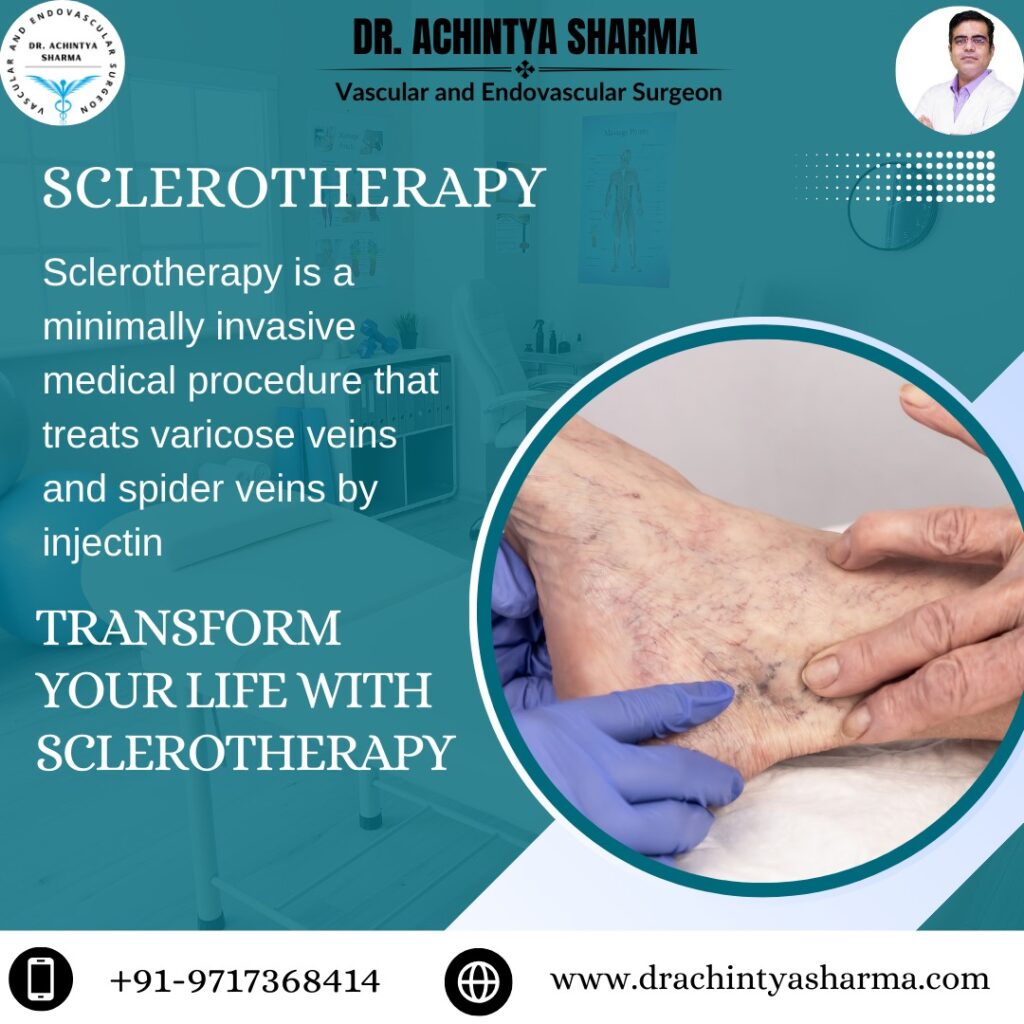
After undergoing sclerotherapy, patients are generally advised to wear compression stockings or bandages for a few days to help support the healing process. Compression helps to improve blood circulation, reducing the risk of complications such as blood clots. It’s also common to experience mild side effects such as bruising, swelling, or redness around the treatment site, but these usually subside within a few days.
While most people see visible improvements within a few weeks, it may take several months for the treated varicose veins to completely disappear. In some cases, multiple sclerotherapy sessions are required to achieve optimal results, especially for larger varicose veins.
Is Sclerotherapy Right for You?
Sclerotherapy is an excellent option for individuals with small to medium-sized varicose veins who are seeking a minimally invasive treatment. Consulting a healthcare provider is crucial to determine if sclerotherapy is suitable for your condition and medical history. Pregnant women, those with certain cardiovascular issues, or a history of blood clots may need alternative treatments. Patients should also have realistic expectations, as sclerotherapy may not completely eliminate all varicose veins, especially larger or more severe cases.
Conclusion
Sclerotherapy is a safe, effective, and convenient solution for those struggling with varicose veins. Its ability to improve the appearance of the skin while also alleviating discomfort makes it a popular choice for patients seeking relief from this condition. By addressing the root cause of varicose veins and offering a minimally invasive treatment, sclerotherapy helps individuals regain their confidence and comfort.

